Fighting game players are experiencing a great time in the genre right now! There is never a dull moment with upcoming beta tests and official releases. This is also the best time to learn how to improve at fighting games and learn new things. In these games, generally, you will see players talk about combos and mixups a lot. While these are essential aspects, I don’t see new players speaking enough on the neutral game. But what is the neutral game in fighting games?
Simply put, neutral is when both characters are far apart, and no players are under attack or pressure. The moment you start a match in a game, both characters stand a reasonable distance apart from each other. Your goal in this phase of the game is to adjust to the other player’s strategy. When fighting many different opponents, you will notice they all have varying tactics. In total, there are three techniques that you want to watch out for. Without further ado, let’s start with the first one: reactive play.
What Is Neutral in Fighting Games – Reactive Play

Reactive play in fighting games revolves around waiting for the opponent to make a mistake so that you can punish them. There are plenty of examples that I can provide for this. If you wait for the opponent to jump, you can anti-air them! This can also apply if the opponent whiffs an attack near you. If you wait for it, you can whiff punish them afterward.
This strategy is good against players who always do approach options and attacks that you can react to. If the opponent constantly leaves themselves open for an attack, why not take the opportunity? Maintaining a distance that limits the opponent’s options is essential. That way, you reduce as many approach and attack options from the opponent as possible. From there, you can react to whatever options they can approach or bombard you with. But what if they do things against you that you can’t react to?
Non-Reactable Attacks and Approaches

In short, using options that the opponent cannot react to defeats reactive play. The best example of this is a player dashing up to their opponent to grab. You can’t react to dashes in some games because you can cancel anything out of a dash. If you try to hit someone out of a dash, they can stop, thus making the attack whiff. They can also run up and use an attack that beats your attempt to attack them.
Another example is using projectiles to counter someone trying to be reactive. If the character can’t react and beat projectiles using their tools or mechanics, their only option is to jump. Also, if they block the projectile, most games will make you take chip damage for it. This incentivizes the opponent to jump over the projectile and punish you for doing so. While jumping is risky for the opponent, this is the key to defeating non-reactable attacks and approaches.
Predictive Play

Countering attacks and approaches you can’t react to requires predicting and punishing them beforehand. For example, you can beat the unreactable dash by attacking when you anticipate the opponent running at you. This will cause the opponent to instantly run into an attack they weren’t expecting. You can also use movement to avoid dash attacks if you predict the opponent will approach you. You can backdash and neutral jump as great ways to evade it. This recommendation is vital because it involves less risk than preemptively throwing out an attack ahead of time.
It’s important to note that this strategy takes much time to improve. Foreseeing when your opponent will do something requires knowing the exact timing. In fighting games, please pay attention to your opponent in neutral and get a feel for their timing. The more you try this, the better you will get at it. Progress can be slow, but improvement will always happen regardless.
What Is Neutral in Fighting Games – Bringing It All Together
When considering it, all three of these strategies interconnect! Reactive play beats someone trying to predict their opponent because they always make the first move, thus leaving themselves open. Predictive play counters players using non-reactable attacks and approaches because the anticipation will always beat the said attack and approach. Finally, using non-reactable attacks and approaches thrashes reactive play because reactive players cannot react to them.

With this guide, you now have a better understanding of neutral in fighting games and how it operates. Watch a match video of any player and see what is happening. Is anyone trying to be reactive? Are one of the players trying to anticipate what the opponent is doing? Perhaps there are a lot of non-reactable attacks and approaches from one of the players. Only a few questions, yet there is so much you can gain from it.

